Homogeneously Blended Donor and Acceptor AgBiS2 Nanocrystal Inks Enable High‐Performance Eco‐Friendly Solar Cells with Enhanced Carrier Diffusion Length
Advanced Energy Materials, Volume 15, Issue 12, March 25, 2025.

Surface trap sites in AgBiS2 nanocrystals (NCs) cause trap-assisted recombination and short diffusion lengths, decreasing power conversion efficiency (PCE) in photovoltaic applications. This study presents a donor–acceptor blended solar cell with tailored surface chemistry, which promotes carrier separation, extends carrier lifetime and diffusion lengths, and improves PCE to 8.26%.
Abstract
Colloidal semiconductor nanocrystals (NCs) have garnered significant attention as promising photovoltaic materials due to their tunable optoelectronic properties enabled by surface chemistry. Among them, AgBiS2 NCs stand out as an attractive candidate for solar cell applications due to their environmentally friendly composition, high absorption coefficients, and low-temperature processability. However, AgBiS2 NC photovoltaics generally exhibit lower power conversion efficiency (PCE) compared to other NC-based devices, primarily due to numerous surface traps that serve as recombination sites, leading to a short diffusion length for free carriers. To address this challenge, this work develops donor and acceptor blended (D/A) AgBiS2 films. Through ligand modulation, this work formulates acceptor and donor AgBiS2 NC inks with suitable electrical band alignment for charge separation, while ensuring that they are fully miscible in the same solvent. This enabled the fabrication of high-quality, thickness-controllable D/A-blended junction films. This work finds that this approach effectively facilitates carrier separation, leading to an enhanced carrier lifetime and diffusion length. As a result, using this approach, this work achieves AgBiS2 films that are twice as thick in solar cell applications compared to conventional devices, leading to improvements in current density and a solar cell PCE of 8.26%.







































































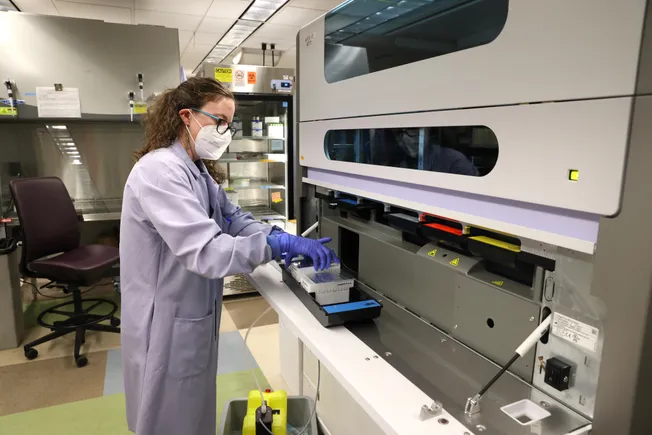


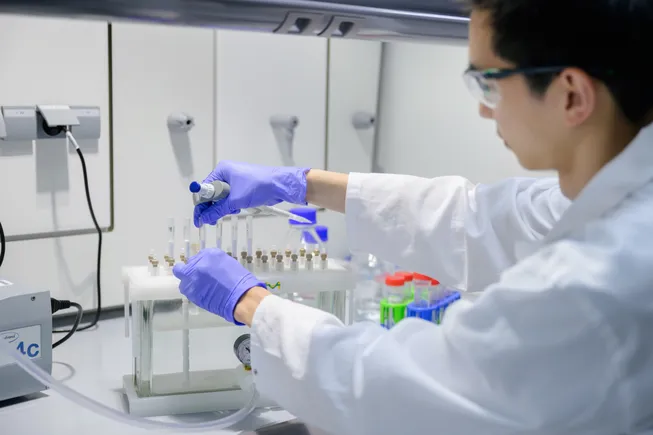

















































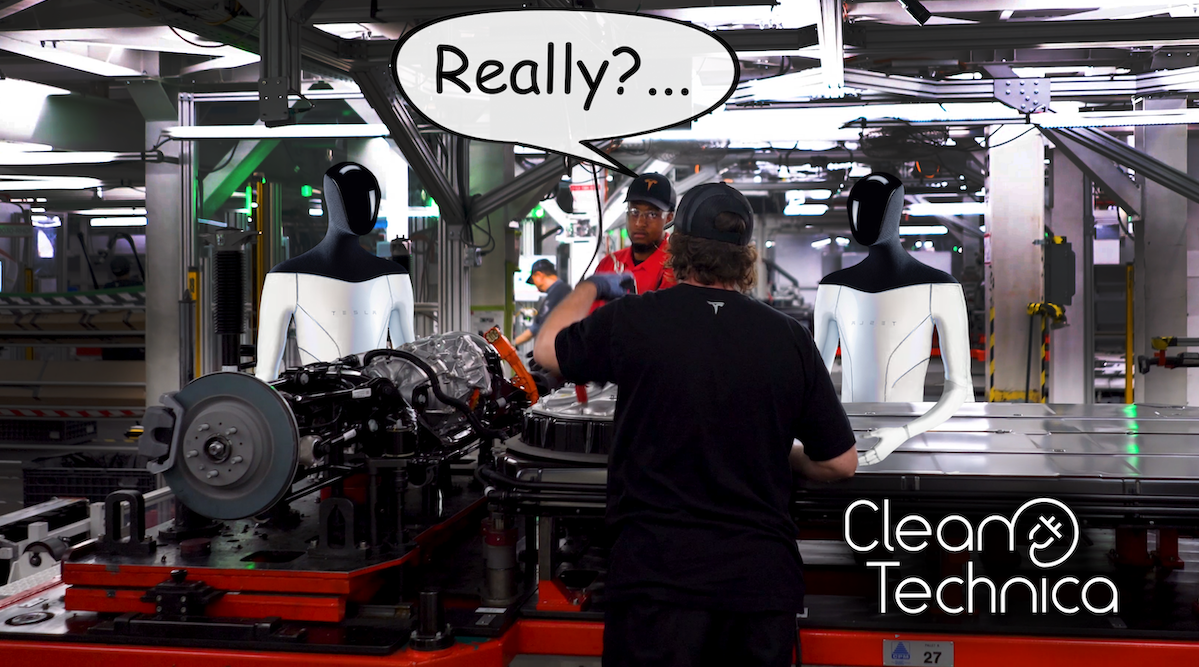
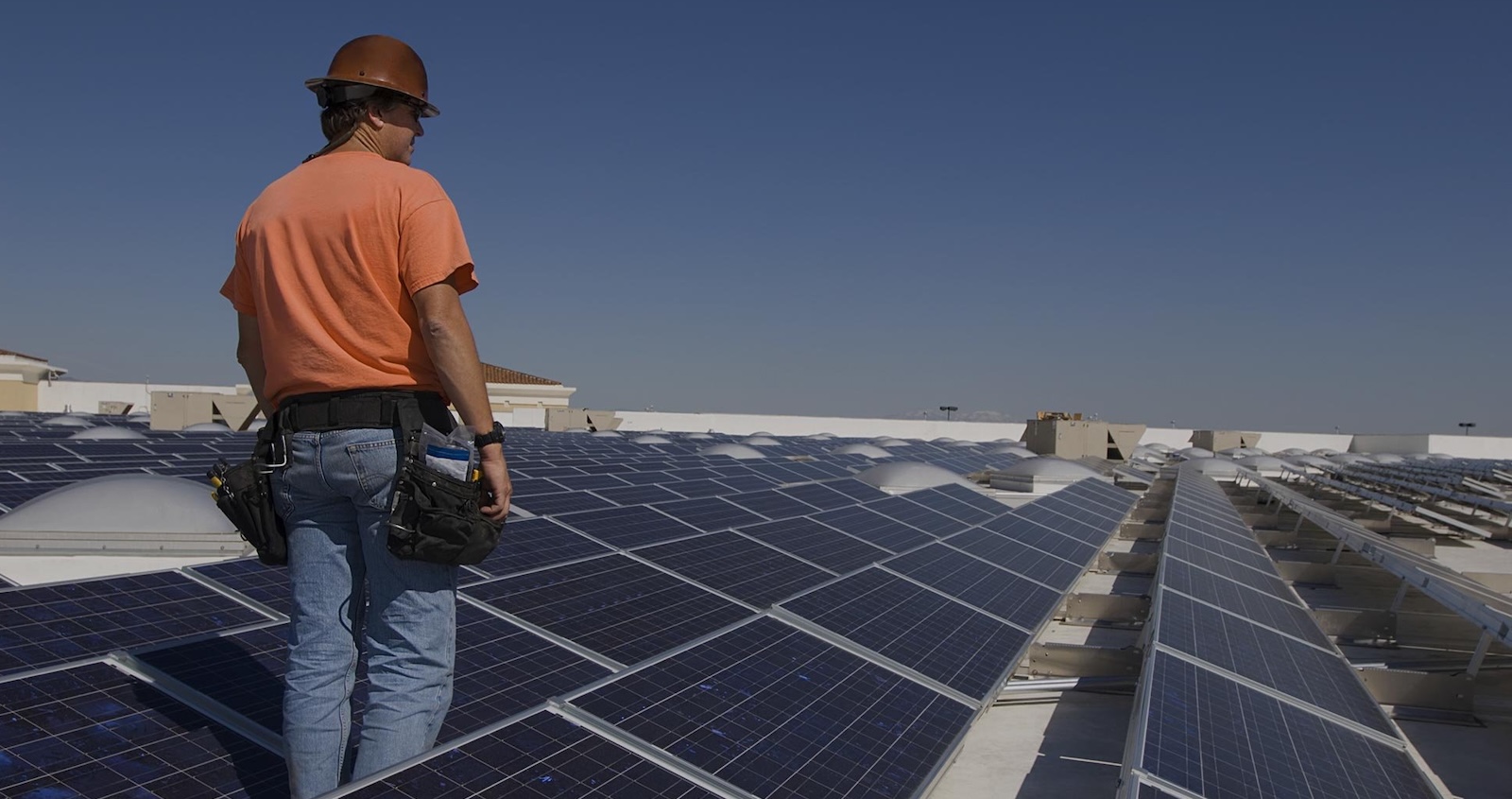









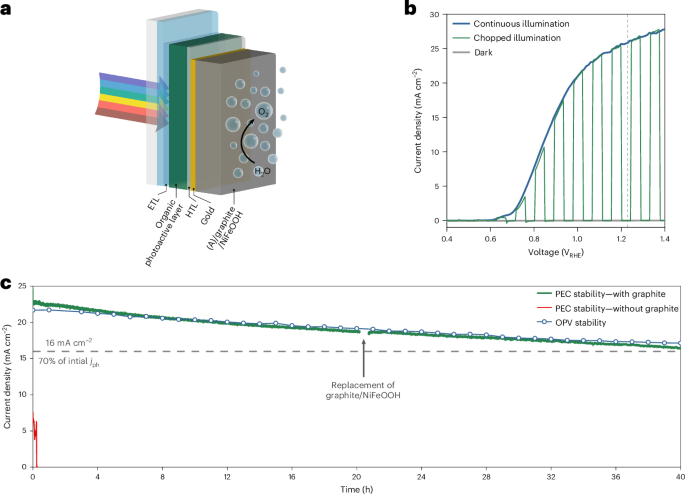


































.jpg)





